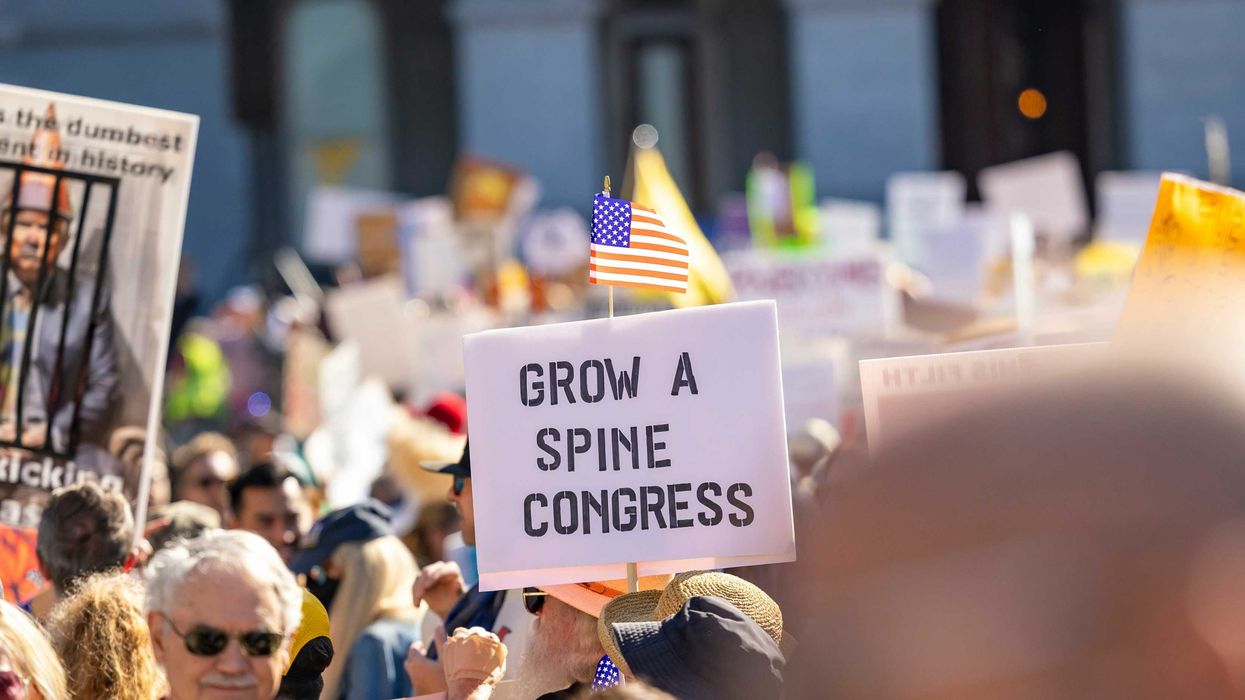Across the country, families are prevented from accessing safe, stable, affordable housing—not by accident, but by design. Decades of exclusionary zoning, racial discrimination, and disinvestment have created a housing system that works well for the wealthy but leaves others behind. Even as federal cuts to public housing programs continue nationwide, powerful, community-rooted efforts are pushing back and offering real, equity-driven solutions led by local voices.
Historically, states like New Jersey show what’s possible when legal advocacy and grassroots organizing come together. In 1975, the New Jersey Supreme Court’s Mount Laurel ruling established that every municipality in the state has a constitutional obligation to provide its fair share of affordable housing. This landmark legal ruling reshaped housing policy and set a national precedent. Today, organizations like Fair Share Housing Center continue to defend and expand this right, ensuring that local governments are prohibited from using zoning laws to exclude working-class families or people of color.
Nationally, organizations like the Grounded Solutions Network are also leading the housing justice fight through community land trusts (CLTs), which help keep homes affordable by removing them from the for-profit housing market. In a CLT, a non-profit organization owns the land and the homeowner owns the building, ensuring that the home remains affordable for future generations, even as neighborhood prices increase.
Community development financial institutions (CDFIs)—like the Four Bands Community Fund —are expanding access to homeownership in reservation land and Indigenous communities that have been long excluded from conventional financial systems. CDFIs operate in urban, rural, and tribal communities nationwide. They are mission-driven lenders that provide loans, financial services, and support to individuals who are often overlooked by big banks. They invest in communities based on relationships and people, not just credit scores.
These are not one-size-fits-all solutions, but they are grounded in a shared belief: that housing is not a privilege. It is a human right, and essential for a healthy, equitable future.
We know the impact of these resources firsthand because they helped us secure the futures of our families.
Fair Share Housing Center, Grounded Solutions Network, and Four Bands Community Fund helped us secure not just physical shelter, but emotional security. They allowed us to provide a sanctuary where our children could heal, grow and feel safe, and they enabled us to achieve our dreams of homeownership.
Through these experiences of loss and recovery, we understand that stable housing is foundational to everything else. Home is the space where memories are built and family traditions are created. Housing enables individuals to maintain steady employment, access healthy food, and lay the groundwork for building generational wealth. Above all, housing is health.
The connection between housing and health is not abstract. People living in overcrowded or unstable housing are more likely to experience asthma, chronic illness, and poor mental health. Children who move frequently or live in unsafe conditions are at higher risk for developmental delays and emotional stress. Pregnant women who face housing insecurity have worse birth outcomes. When housing falls apart, so does public health.
Stories of housing security achieved through local solutions despite systemic challenges are being written all the time. Across the country, families are building stability through grassroots programs that work. But instead of supporting these models, the federal government is walking away from its responsibility to ensure that housing is accessible to all.
Federal funding for housing programs is being slashed at a time when more families than ever are struggling to keep a roof over their heads. Recent cuts to the Department of Housing and Urban Development (HUD) are projected to result in the elimination of tens of thousands of rental assistance vouchers and significant reductions in homelessness prevention programs. These choices aren’t just bad policies, they are a direct attack on the people who need support the most.
Community-centered housing justice groups like Fair Share Housing Center, Grounded Solutions, and Four Bands need investment. Community-based housing initiatives are often underfunded, overlooked, or burdened by red tape, even though they deliver real, measurable results. Meanwhile, billions of dollars are funneled into programs that benefit private developers or maintain the status quo. If policymakers are truly committed to solving the housing crisis, then it is time to fully invest in what’s working and trust the communities doing the work.
Our journeys are featured in the Robert Wood Johnson Foundation’s Housing Justice docuseries, “ From Hope To Home.” Through these three short films, we share our own stories, and the stories of others like us, to lift up the real people behind the housing crisis and the grassroots solutions making a difference. These films aim to inspire viewers—not just to be moved, but to be motivated.
Access to housing should never be up for debate. It’s health care. It’s safety. It’s education. It’s the foundation for good jobs, stable families, and thriving communities. It’s time the policies reflected that truth. Let’s get to work.


















